The Tibetan Terrier is a breed of dog that first appeared in Tibet. Tibetan terriers became popular in Europe and the United States in the 1920s, but to this day they remain one of the rarest breeds. Tibetan terriers are small but very intelligent and affectionate dogs. They have thick and long coats that require special care.
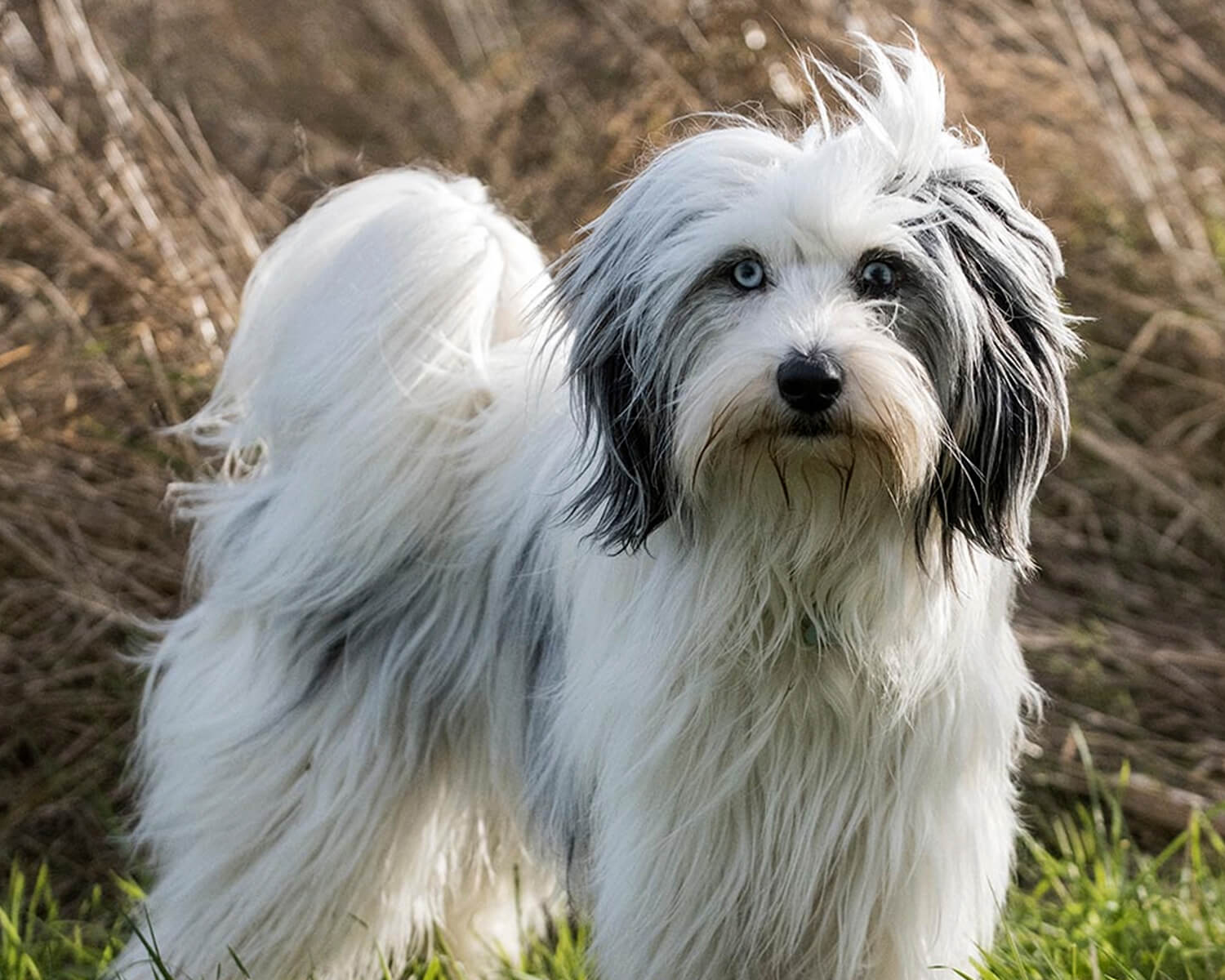
History of the origin of the breed
The origin of the Tibetan Terrier is unknown, but it is believed that these dogs originated in Tibet more than 2,000 years ago. Their original purpose was to guard temples and monks who were forced to live in seclusion and isolation from the outside world. Tibetan terriers were valued for their ability to find their way back to the temple if they ran outside of it.
The Tibetan terrier was highly honored in Tibetan culture and was often given as a gift to emperors and other nobles. However, official recognition of the breed in the international classification did not occur until the 1920s, when Tibetan Terriers were introduced into Europe and the United States.
Appearance
Tibetan terriers are of average size and weight, reaching about 8-14 kilograms. They have long, thick coats that can come in various shades, such as black, white, brown, gray, golden, pale, and many more. Externally, Tibetan terriers look like little lions with their thick mane around their head and neck.
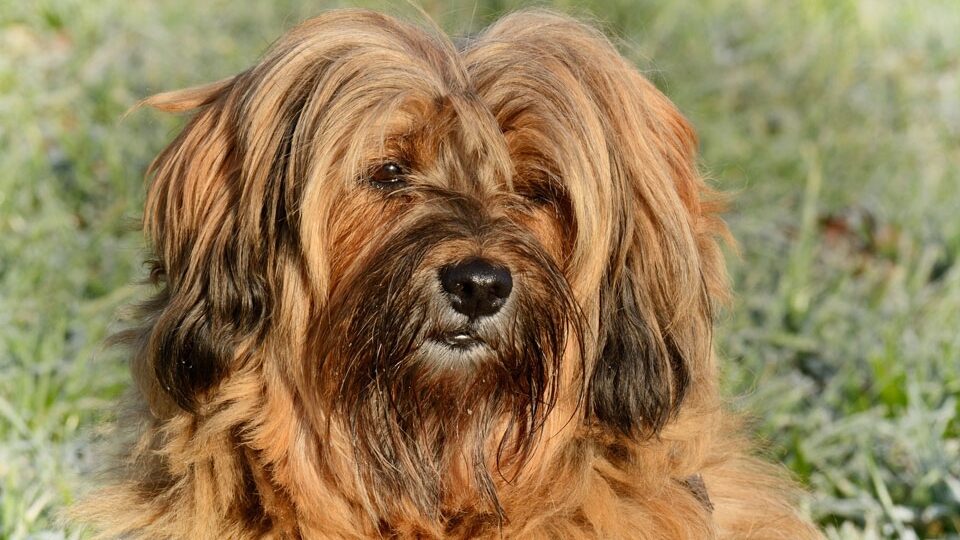
Character
The Tibetan Terrier is a very intelligent, curious and friendly breed. They have a wit and independent personality, which makes them interesting partners for play and training. Tibetan Terriers are highly socially stable and can communicate easily with other animals and people. They are well suited for children and other pets.
However, Tibetan Terriers have a tendency to protect their property and can be hostile to outsiders if they have not been socialized properly. Tibetan Terriers are not aggressive, but may be distrustful of new people and animals.
Tibetan Terrier Care
The coat of the Tibetan Terrier is their most distinctive feature, but requires special care and attention. The hair should be regularly combed to avoid tangles and the formation of tangles. It is recommended to use special combs and brushes for dogs with long hair. It is also recommended to trim the hair around the eyes and paws to avoid hair and dirt from getting into them.
In addition to taking care of the coat, it is necessary to provide the Tibetan Terrier with a proper diet, which should consist of high-quality ingredients and be appropriate for their age and activity level. Regular walks and playtime will help keep the dog healthy and fit.
Tibetan Terriers may suffer from some diseases such as hip dysplasia and dental lesions, so it is important to monitor their health regularly and visit the veterinarian as needed.
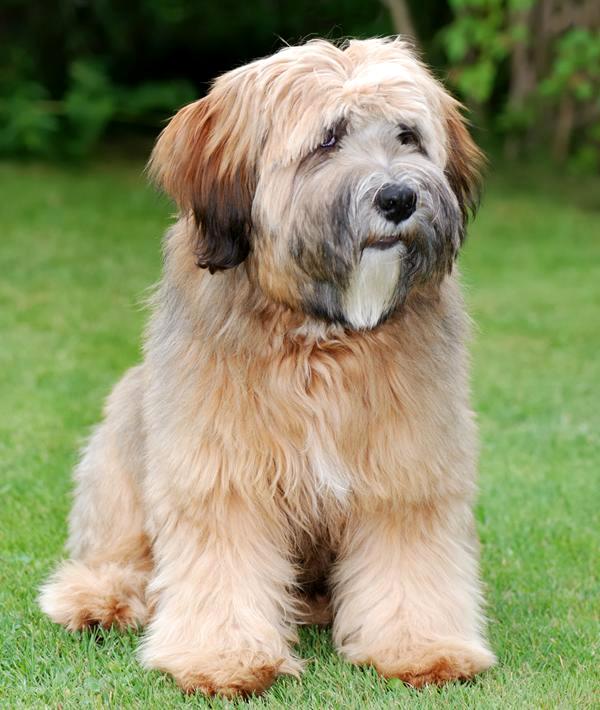
Breeding Tibetan Terriers
If you decide to get a Tibetan Terrier, it is important to choose a quality breeder who monitors the health and genetics of their dogs. When choosing a puppy, make sure that the puppy is healthy and that the puppy has been properly socialized.
Breeding Tibetan Terriers can be an expensive and complicated process, so it is important to understand all the nuances and be responsible when choosing a kennel and the breeding process.
Top 10 facts about the Tibetan Terrier:
- The Tibetan Terrier, as its name suggests, comes from Tibet and was bred to guard temples and monasteries.
- Despite their small size and fluffy appearance, Tibetan terriers have well-developed muscles and can cover long distances.
- The Tibetan Terrier has a long, thick coat that can be any color. The coat requires regular grooming, including daily brushing and clipping.
- Tibetan terriers were given to emperors and other nobles in Tibet and were considered a symbol of well-being.
- Tibetan terriers have unique five-toed paws that help them navigate the snow and mountain slopes.
- Tibetan terriers have an independent personality and can be distrustful of strangers and animals.
- Tibetan Terriers are very loyal and devoted companions who can make great pets for families with children.
- Tibetan Terriers can suffer from some diseases such as hip dysplasia and dental lesions, so their health should be monitored regularly.
- Tibetan Terriers are highly socially stable and can easily socialize with other animals and people.
- The Tibetan Terrier is one of the rarest dog breeds in the world, which makes them even more valuable and unique.

Conclusions
Tibetan terriers are great pets for those who are willing to give them attention and care. They have a unique personality, wit, and social stability, making them great partners for play and training.
However, grooming a Tibetan Terrier can be labor intensive due to its thick coat, so prospective owners should consider this fact. Overall, the Tibetan Terrier is a great choice for those who are willing to give them enough attention and care, and are willing to provide them with proper care and training. They can make great pets for families with children, singles, and other pets.
It is important to remember that Tibetan Terriers can be protective of their territory, so socialization and proper training are key aspects of their training. However, if provided with enough love, attention and care, Tibetan Terriers will become loyal and affectionate companions for years to come.

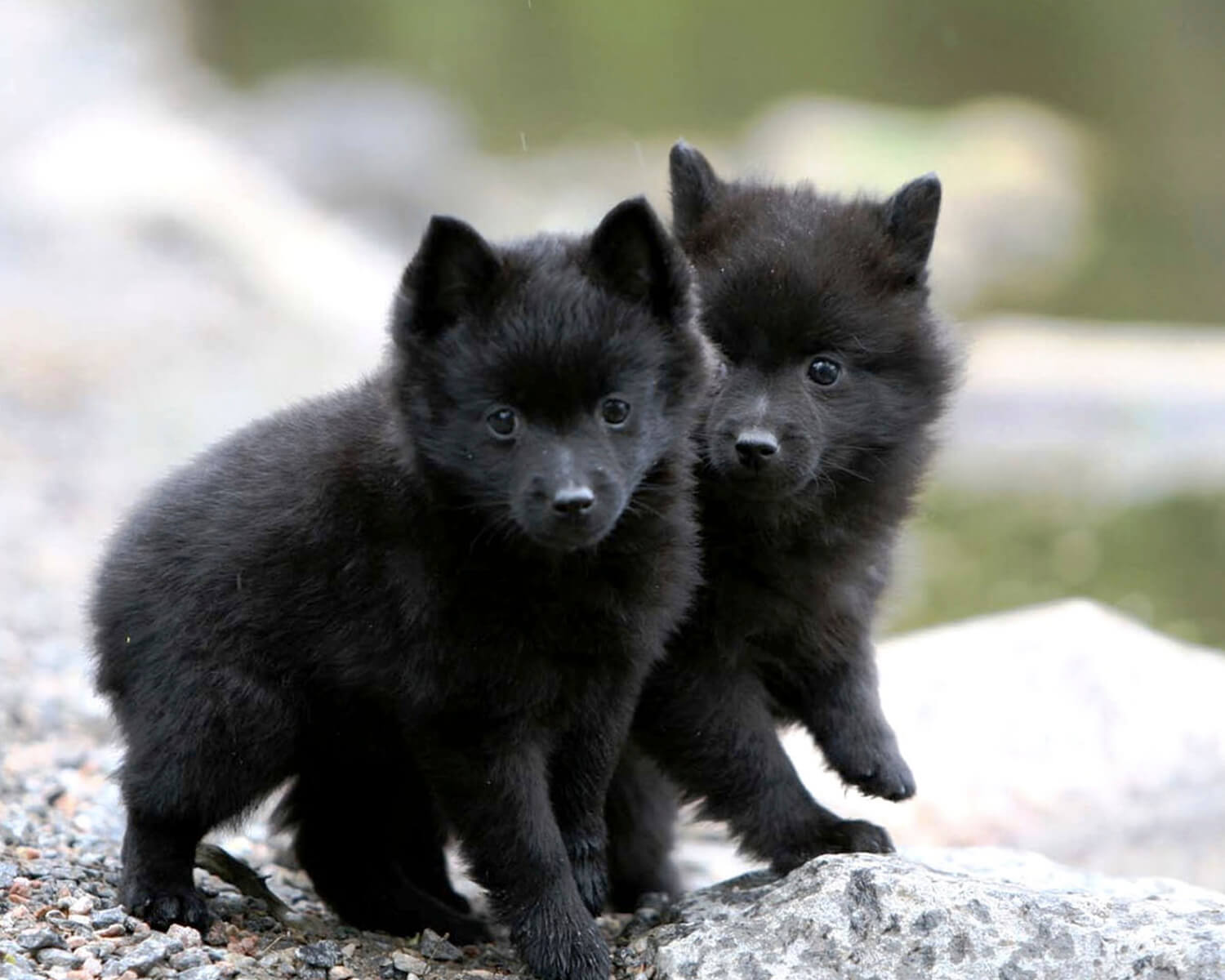
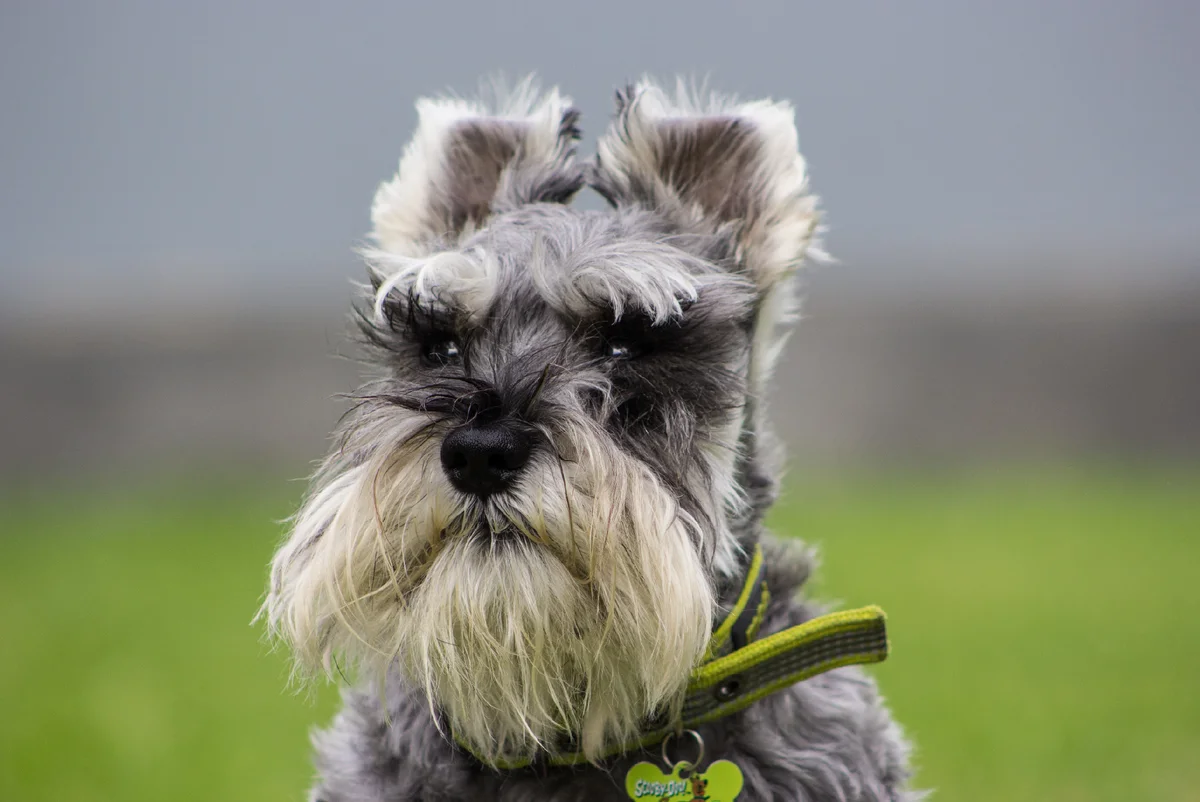


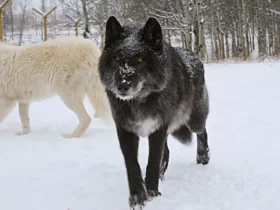
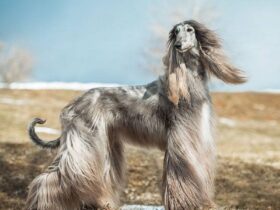
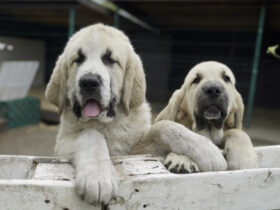


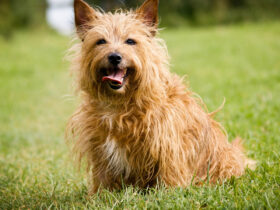


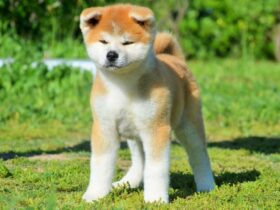
Leave a Reply